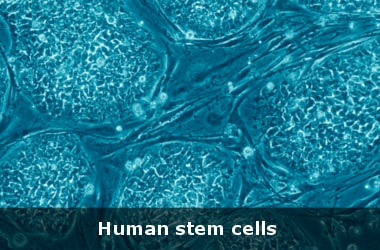
Scientists have developed the first functional pacemaker from human stem cells which can regulate heart beats with electrical impulses, paving the way for alternate, biological pacemaker therapy.
These human pacemaker cells were tested in rat hearts and were shown to function as a biological pacemaker, by activating the electrical impulses that trigger the contraction of the heart.
Defects in the pacemaker can lead to heart rhythm disorders that are commonly treated by implantation of electronic pacemaker devices.
Learning how to generate pacemaker cells could help in understanding disorders in pacemaker cells, and provide a cell source for developing a biological pacemaker.
What are Biological Pacemakers?- Pluripotent stem cells have the potential to differentiate into more than 200 different cell types that make up every tissue and organ in the body.
- Sinoatrial node pacemaker cells are the heart’s primary pacemaker, controlling the heartbeat throughout life.
- Biological pacemakers represent a promising alternative to electronic pacemakers.
- They are crucial for overcoming such drawbacks as a lack of hormonal responsiveness and the inability to adapt to changes in heart size in pediatric patients.